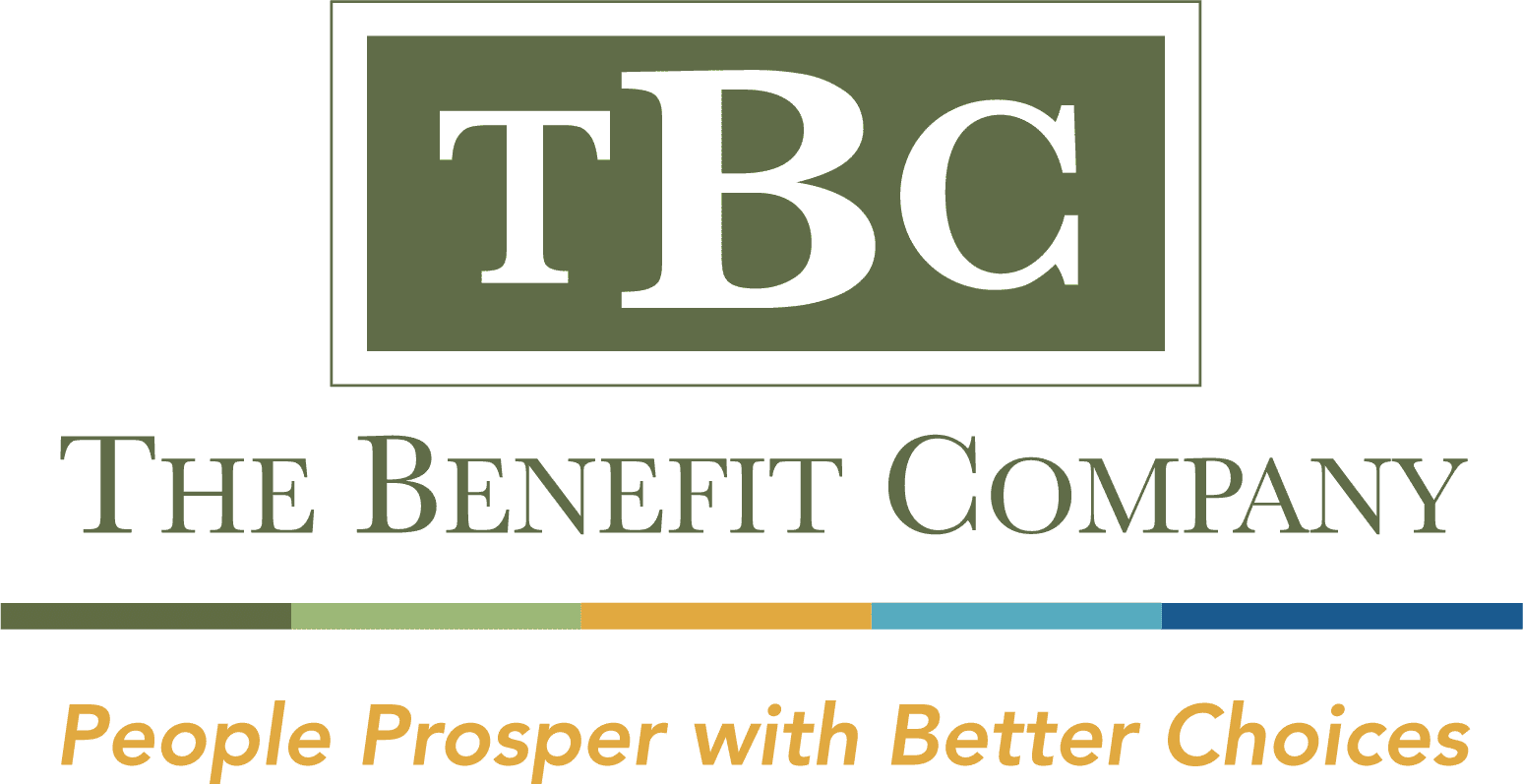Of all the effective means to driving utilization of new employee benefits, one consideration stands above the rest. One thing matters more than any other when it comes to employees embracing a new benefit offered by the employer.
Above all else, the employee wants to know: “What’s in it for me?”
The ability to communicate how the new product will bring value to the employee is the most important element driving success of the program. Without it, all other efforts will fall flat.
HR Professionals, Benefit Specialists and CFOs may agree on how a new benefit will be advantageous for the company, but will it resonate with the employees well enough to reap the intended rewards? Sure, the benefit may be a part of the a multi-year strategy to save the employer money. It may help the employer reduce absenteeism. It may help the employer attract new talent. But will the employee find personal value in embracing the benefit? Wise employers must answer this question with “Yes” and proceed to illustrate how.
Resist the Urge
The Open Enrollment meeting is not the time to talk about advantages the new benefit brings to the company. (Save that conversation for management meetings.) All the attention now must turn to the employee. Regardless of what may have led to the decision to add a new benefit, when it comes time to introduce it, the focus must be on how it will help the employee.
The employer may be thoroughly convinced the new benefit is good for the organization—as well they should! As a result, as they approach Open Enrollment, their first instinct may be to share how the new offerings are a part of a strategy to save the company money. They want to tell that compelling part of the story. But when it comes to the Open Enrollment meeting, treat that instinct like the fallen portion of Interstate 85 in Atlanta—avoid it!
Why? Because, while there may be a few outliers, most employees are not thinking about what is good for the company. Instead of hearing, “This will save the company $200,000 this year,” they hear “This will give the President $200,000 more to take home.” The message must focus on the advantages for the employee.
Employees want to know how the benefit will improve their lives. They are interested in what will save them money. They want to know how the benefit will be more convenient for them. They want to know how the benefit will provide them something they need. Employees will embrace a new offering if they perceive it to be personally advantageous.
Therefore, an effective communication strategy for driving utilization of a new employee benefit will first Focus on Why the Benefit is Great for the EMPLOYEE.
Three Supplementary Suggestions for Helping Employees Embrace New Benefits
- COMMUNICATE clearly and passionately. Preachers are told it is a sin to bore people in a church service. Similarly, employers need to be told it is a sin to offer expensive benefits, only to communicate them poorly. Be creative. Aim to resonate. Be passionate and positive. Share the good news of “something great for you!”
- Provide Additional INCENTIVES.
Many of the benefits employers offer come with a cost. Yet, unless utilization is high, providing that benefit could be money down the drain. Therefore, a well-thought-out ROI engagement strategy is required. This strategy will often include incentives to nudge employees into the proper use of the newly offered benefits.
Some employers will incentivize the use of telemedicine by reducing, or completely eliminating, employees’ copay for use of the service. Other organizations give a portion of savings back to employees who effectively use transparency services. Others will contribute additional funds to an HSA or offer reduced employee contributions for benefits if they meet certain wellness goals. Incentives can be the tipping point, so weigh your options carefully and choose what will be most effective in your workplace.
- Repeat. REPEAT.
While the greatest mistake in rolling out a new program to employees may be focusing on how the company will benefit, another sizeable mistake is the failure to continue communicating the availability and advantages of the program after the introduction. Remember: it takes more than a great roll-out.
No matter how engaging a presentation HR provides at Open Enrollment, the message needs to be repeated often. Some employees will not be at Open Enrollment meetings. Others may be present for the presentation but tune it out because they don’t need it at that moment. Then, there is the well-shared marketing wisdom that tells us we don’t get anything until we have heard it five, seven, or 12 times—depending on the marketing sage. Repetition—reminders—are critical to adoption of the benefit.
Employers are wise to use whatever employee communication channels are available. Creative employers may provide a recording of the presentation on the company portal. Others will take opportunities at staff or team meetings to remind employees. They may use employee newsletters and posters in the cafeteria. Wherever and however they communicate with employees, they use these opportunities to repeat, remind, and reiterate the benefit being offered and why it is important to the employee.
Desiring to drive utilization of a new benefit, employers can communicate with clarity and passion. They can add incentives–whether those are penalties or rewards. And, they should provide multiple and repeated channels of messaging. Yet, most importantly, they must know that success will come only when the employee understands the personal value of the benefit.
_______________________
The Story of Shelly, Isabella and Telemedicine
The decision wasn’t difficult. Shelly had been talking with her employee benefits consultant for months about adding telemedicine to her manufacturing company’s benefits portfolio. The consultant had shared the advantages. Shelly had spoken with her HR peers to hear their affirming experiences and was convinced it would be advantageous to invest in this new benefit.
Shelly prepared a detailed prospectus for Isabella, the company’s longtime CFO. The prospectus included the cost of the potential new benefit and, more importantly, the various reasons why the time was right to add telemedicine. Being partially self-funded, it was critical that cost-reducing strategies were in place. Therefore, Shelly put emphasis on how adopting telemedicine would cut the costs of employees’ visits to the doctor and how it had the potential of significant savings over the cost of emergency room visits. Furthermore, because absenteeism was particularly detrimental to the operations of the plant, Shelly made a special effort to draw attention to how telemedicine could significantly reduce it.
Isabella agreed it made sense to move forward with telemedicine. Plans were put in place to roll it out at the upcoming Open Enrollment meeting.
Shelly, Isabella and their benefits consultant agreed: Adding telemedicine to the benefit offerings was good for the company. Yet, they also knew that “how good” would be determined by how well the employees embraced it.
As with many benefits provided to employees, utilization is the key to effectiveness. Therefore, how could Shelly and her consultant make sure employees embraced the new benefit?
The Presentation
The Open Enrollment presentation began with introductory comments from the CEO, and then transitioned to the consultant sharing updates to the various healthcare plans. Following an enthusiastic reminder to utilize the EAP, Shelly and the consultant introduced the new telemedicine benefit.
Focusing on the employees, the presentation shared how the benefits of this new offering brought value to the employee. Employees learned they could have a phone consultation with a doctor, and have a prescription sent to their pharmacy as well. Their eyes widened with interest as Shelly pointed out that with a doctor’s visit over the phone, there would be no need to arrange for a babysitter or to sit in a waiting room full of sick people. The 24/7 access was heralded as convenient. Shelly also made sure the employees knew the service was available to them while away on vacation. The icing on the cake came when the consultant shared how the employer would cover the full cost of a telemedicine call, making the doctor “visit” more convenient with no out-of-pocket cost to the employee.
Isabella and Shelly went into the Open Enrollment meeting confident telemedicine would lead to cost savings for the company and a reduction in absenteeism, yet they never mentioned these benefits. Employees, however, left the meeting grateful that their employer was providing this new benefit that would save them money and make “going to the doctor” much more convenient.
Written by Jack W. Bruce
 The Benefit Company
The Benefit Company
